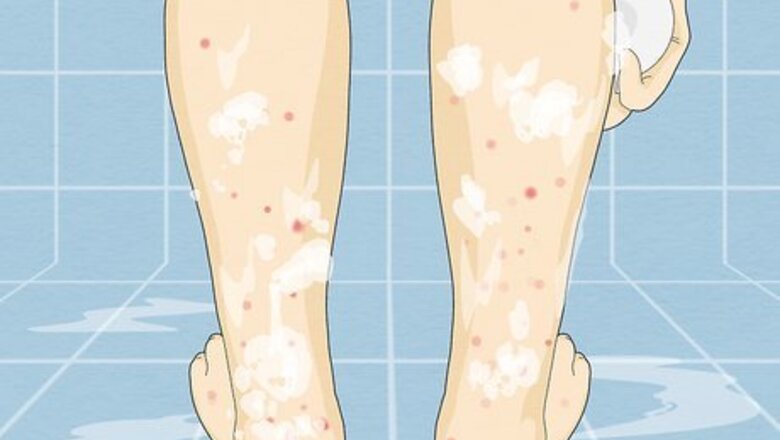
views
X
Research source
Luckily, these bites are easy to treat at home. Read on to learn how to take care of your no-see-um bites as well as identify the rare instances when you should seek medical treatment.
- Wash the bite area with soap and warm water, then use a cool compress to relieve pain and swelling.
- Apply an itch reliever, such as hydrocortisone cream, calamine lotion, or aloe, to relieve itching.
- Call your doctor if you have a fever, severe itching, or swelling around the bites to get treatment for infection or a severe reaction.
Treating Your Bites at Home
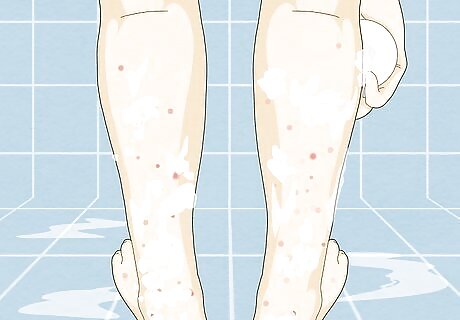
Wash the bitten skin with soap and warm water. If you have a cluster of tiny itchy red spots rising up on your skin, you've likely been bitten by no-see-ums. Pat the area gently with soap and warm water. Don't rub or scrub—you could damage or irritate your skin further. No-see-um bites tend to be smaller than mosquito bites, but they also itch a lot more—especially if you happen to be allergic. The soap cleans the area and reduces the risk of infection, as well as washing away any saliva that the insect might've left on your skin.
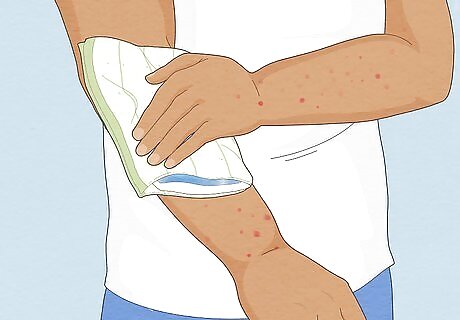
Use ice or a cool compress to relieve pain and swelling. Wrap an ice pack or bag of frozen vegetables in a towel to make a cool compress. Hold it against your skin for up to 15 minutes, then take it off. Do this up to once every 2 hours as needed in the first 2 days after you've been bitten.
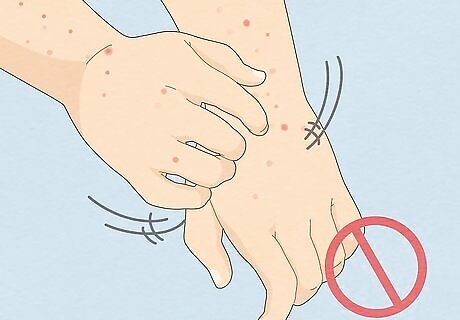
Avoid scratching your bites. It's common for these bites to break open and bleed if you continue to scratch them, which is painful and can lead to infection. Scratching at the bite can also mean it'll take longer to heal than it would if you left it alone. Besides, scratching doesn't really relieve the itch—it just makes it worse!
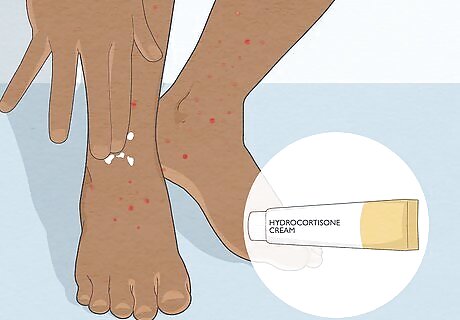
Apply hydrocortisone cream to relieve the itching. Buy 1% hydrocortisone cream at your local discount store, grocery store, or pharmacy. Follow the instructions on the package for use, but don't use it for longer than 7 days. Call your doctor if hydrocortisone cream doesn't relieve your itching, or if you're still itching after a week. If you're treating bites on a child under the age of 12, talk to a doctor or pediatrician before using hydrocortisone cream.

Use calamine lotion as another option for itch relief. Calamine lotion is also available at discount stores and pharmacies. Shake the bottle well, then squirt out a dollop onto a cotton ball. Dab the cotton ball on the welt. Talk to a doctor before using calamine lotion on children under 12, or if you are pregnant or nursing. Use calamine lotion for up to 7 days. If your symptoms haven't improved, call your doctor.
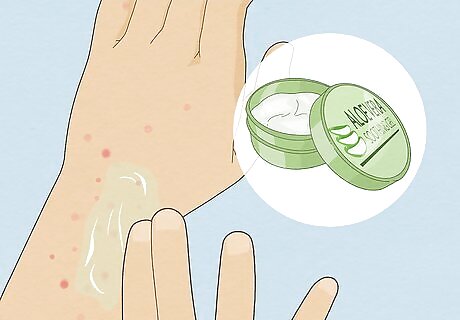
Dab on aloe vera gel to soothe your skin. Aloe vera works great for relieving the pain and itching caused by insect bites. Simply dab it on your skin directly on the bitten area. Make sure you use a gel that is 100% aloe vera gel. Aloe vera is a common additive in other skin care lotions, but this probably won't give you any relief.
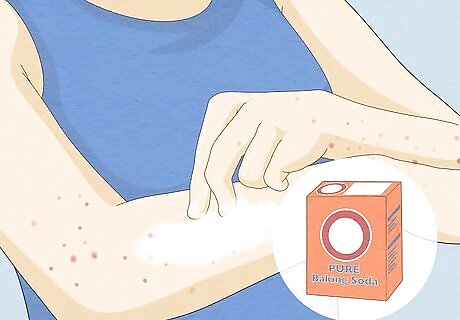
Try a baking soda paste to calm the skin. Simply put a little baking soda in a small container, then gradually add water and stir it to form a paste. Apply the paste directly to the welts to relieve pain and itching. Do this several times a day as needed, particularly during the first 2-3 days after you were bitten.
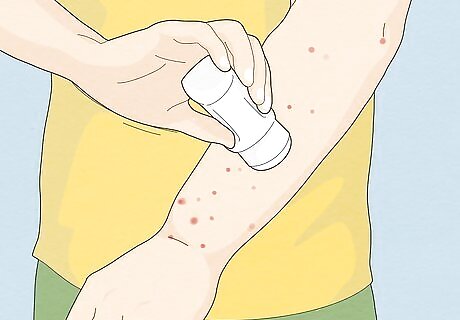
Apply underarm deodorant to the welts to reduce skin irritation. Believe it or not, most deodorants have ingredients designed to calm inflammation and soothe irritated skin. Simply apply over clean, dry skin for best results. Since deodorants are naturally moisture-resistant, there's no need to reapply them constantly. This can be super convenient if you have a busy day ahead of you.

Take an antihistamine to reduce your reaction. An antihistamine such as diphenhydramine (Benadryl) calms your immune reaction to the bite, reducing inflammation and relieving itching somewhat. Look for a non-drowsy alternative if you're going to be driving or still have things you need to get done during the day. Don't use an over-the-counter antihistamine for more than 7 days. If your symptoms persist, go see your doctor.
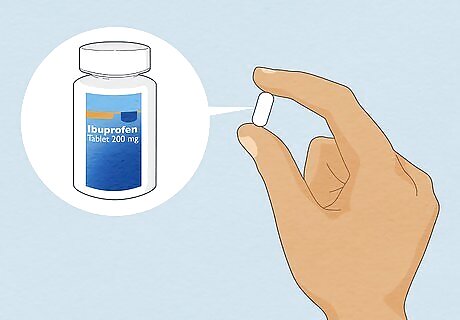
Use NSAIDs to reduce pain and inflammation. Ibuprofen (Advil), naproxen (Aleve), or aspirin can relieve some of the pain and swelling caused by your bites. However, use caution and don't mix these with any other medications.
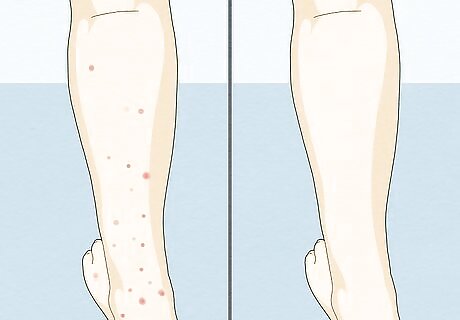
Expect the bite to take about 2 weeks to heal. The itching and pain should subside after a few days, but it will likely take your skin a little longer to completely heal. If it's healing properly, it'll look a little better every day. If the bitten area worsens or fails to improve at all, make an appointment with your doctor. It could be infected or you might be having a more severe allergic reaction.
Seeking Medical Treatment
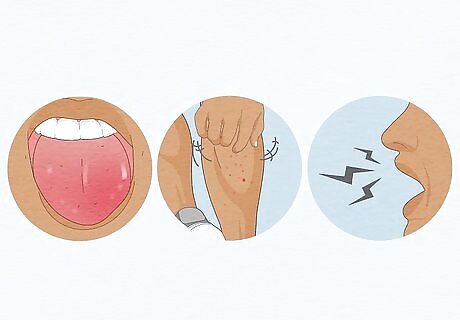
Get emergency treatment if you have an allergic reaction. Although it's pretty rare, some people do experience an allergic reaction to no-see-um bites. If you experience any of these symptoms, call emergency services immediately: Difficulty breathing Swollen tongue Hoarse voice Loss of consciousness Extreme itching that isn't soothed by home treatment Hives Tingling or itching in your mouth
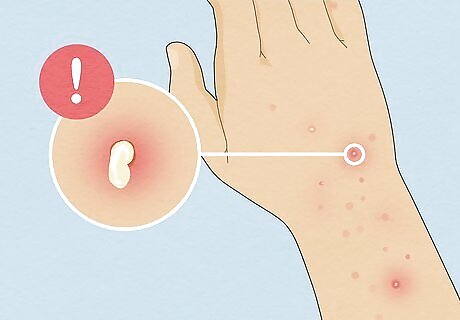
See your doctor if you have signs of infection. Unfortunately, no-see-um bites can become infected. This is especially likely if you scratch a lot and cause the skin to break open or bleed. Symptoms of infection include: Fever Swollen lymph glands Flu-like symptoms Pus or oozing from the bite welts Pain Swelling Redness
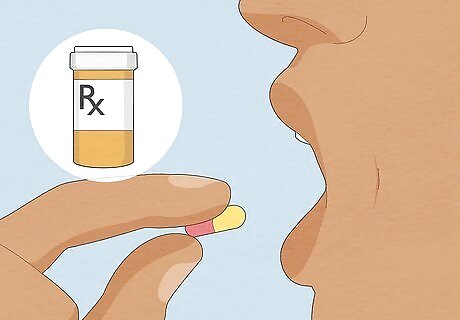
Take all antibiotics prescribed by your doctor. If your bites are infected, your doctor might prescribe an antibiotic to clear them. Take the entire cycle of antibiotics to keep the infection from returning.
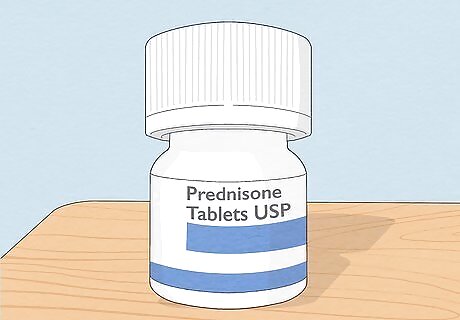
Ask your doctor about prescription steroids for severe itching. Prescription steroids are typically administered by your doctor at the office to relieve pain, swelling, itching, and inflammation. It could be an injection or an IV. You might also get a prescription for a stronger hydrocortisone cream than what you can get over the counter.
Preventing No-See-Um Bites
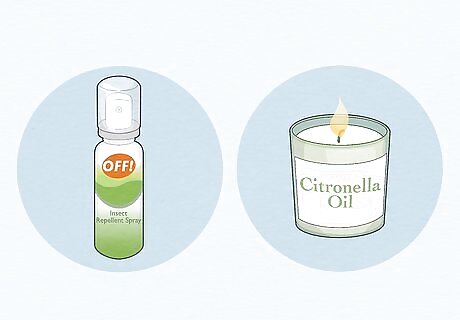
Use an insect repellent with DEET to keep no-see-ums away. Spray the repellent on your skin or use a repellent candle to keep them out of a specific area, such as your porch or patio. An insect repellent with DEET is the most effective, but citronella candles and other pest control products can help. Follow all of the instructions on the bottle carefully. Insect repellents can be dangerous if you use them incorrectly. Only use insect repellents when you're going outside. Reapply as necessary according to the label.
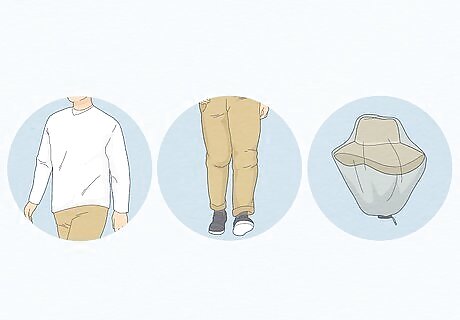
Wear protective clothing in wooded areas. If the insects can't get to your skin, they can't bite you! Wear long sleeves, long pants, socks, shoes, and a hat. You might even want to wear one of those hats with a fine mesh netting attached so you don't get bug bites on your face! This is especially important if you're going to be outside for a long period of time, such as if you're hiking or camping. Lighter-colored clothing deters bugs better than darker clothing and also helps keep you cooler.
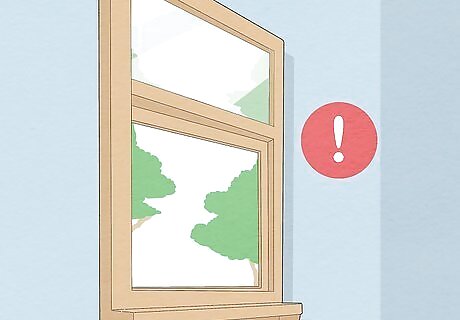
Keep your windows and doors closed in mid- to late-summer. No-see-ums are small enough to fly through a window screen, so if your window's open, they will come in! These pesky insects are most active in the morning and the evening, so keep your doors and windows shut during those times. Fine mesh door and window screens can help keep the bugs out—just make sure it's fine enough to specifically keep out no-see-ums.
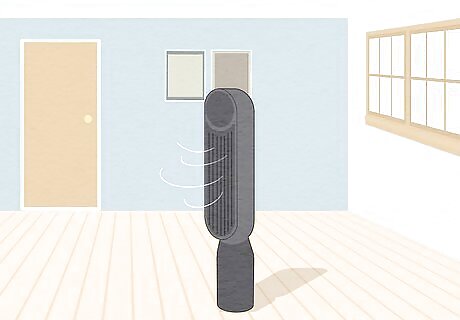
Discourage no-see-ums and other insects with a fan. Turning on a fan makes it harder for no-see-ums to fly in the area. Any kind of fan helps, but an oscillating fan protects the largest area. Use your fan safely! Don't place it near a pool or other body of water—it could fall in and create a shock hazard. Make sure that all extension cords are plugged in properly and not laying where they can be tripped on.
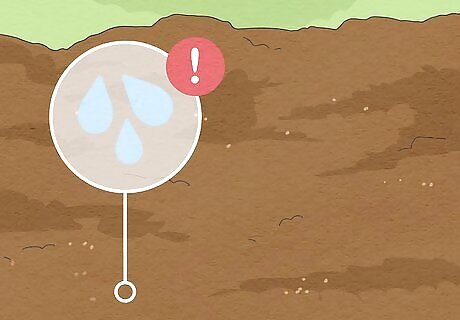
Avoid moist soil, such as that around waterways, during peak season. No-see-ums lay their eggs in moist soil around ponds, rivers, and other waterways. The most active season is mid- to late-summer, so you'll encounter more of them during that time. When camping during the summer, choose a site that isn't really close to the water.



















Comments
0 comment